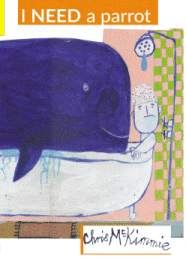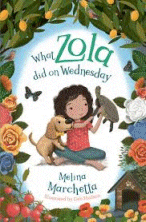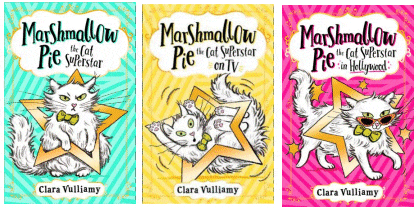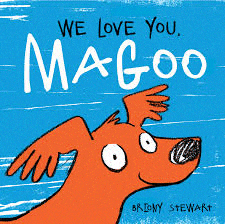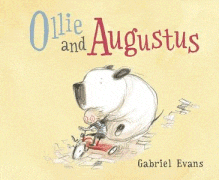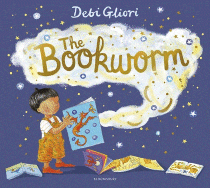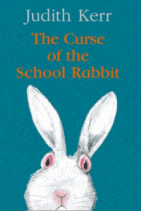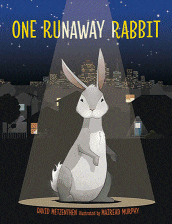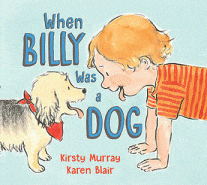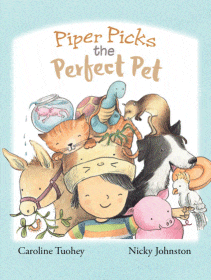
Piper Picks the Perfect Pet
Piper Picks the Perfect Pet
Caroline Tuohey
Nicky Johnson
Ford Street, 2020
32pp., pbk., RRP $A16.95
9781925804591
Piper is going to choose a pet, but just which one should she get? There are the usual choices of a dog or a cat but then, there are so many options within those two choices. A cuddly dog or a puddly dog? A tabby curled up in a ball? A Burmese that’s not fussed at all?
Or should she get something altogether different so she can win the prize at the school pet show? A long one? A thin one? A fussy one?
Choosing a pet is a dream for so many kids and when the reality strikes, it can be an overwhelming decision. This is a fun book for young readers that has rhyme and rhythm (although not the alliteration that the title suggests), enhanced by illustrations that capture the text perfectly. But it is also a discussion starter as children examine the reasons for having an animal in the home and the sorts of things they have to consider before they choose. It would be an excellent story to tie to this year’s CBCA Picture Book of the Year winner, I NEED a Parrot, as they consider not just what they need but what the animal needs and what is involved in its care. For example, if she chooses the python or the lizard, most states will require her to have a special licence.
There are teachers’ notes and activity sheets available from the publisher’s website.
